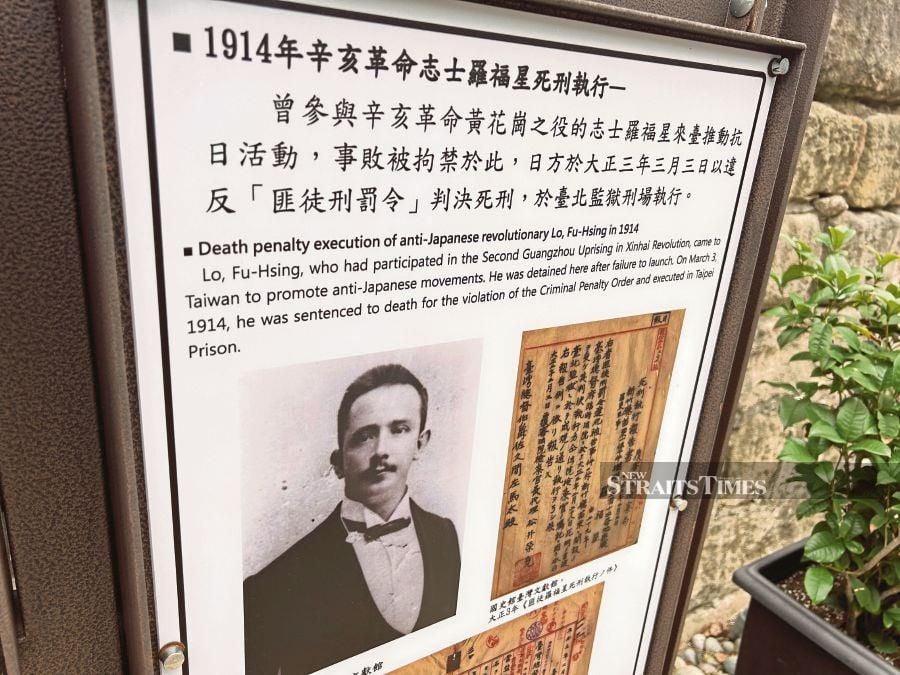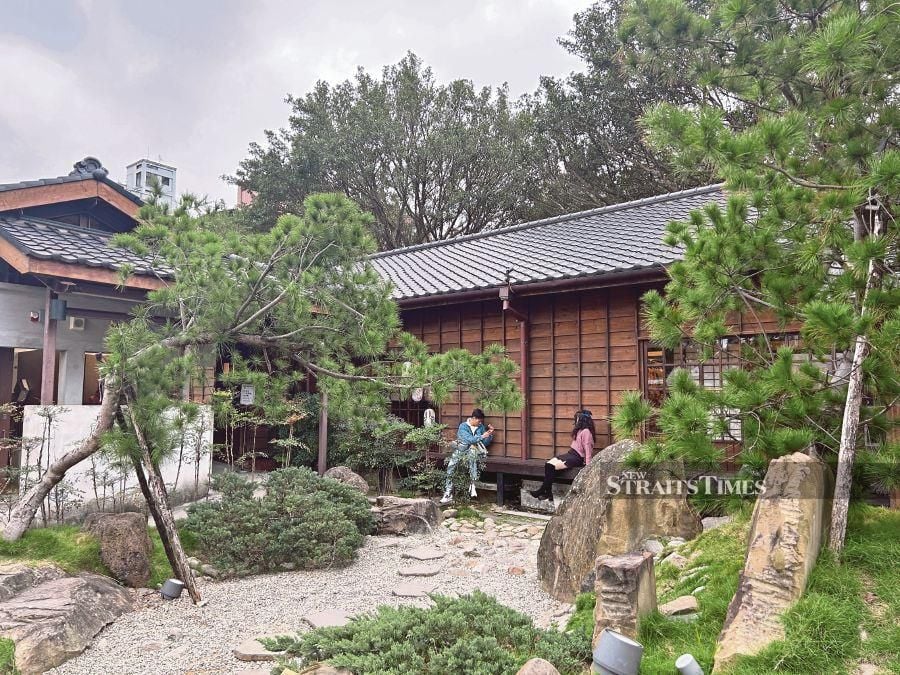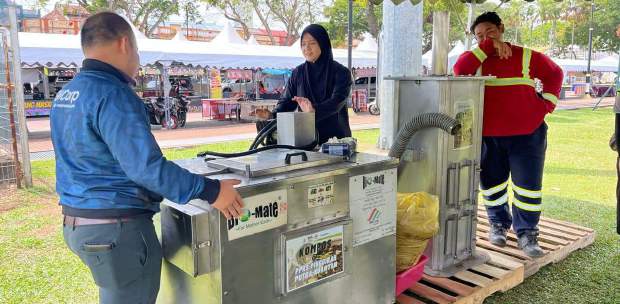I RECENTLY had the chance to play tourist and explore Taiwan — not just its stunning scenery, but also its diverse Muslim-friendly activities and food.
My six-day itinerary was jam-packed with a host of field trips.
Yet, of all the places I visited, the ones which stood out the most weren't high-end tourist attractions, but were instead venues which were once neglected and abandoned.
These places have since undergone a revival and now serve as magnets not only for tourists, but also for locals.
One such place is the Rongjin Gorgeous Time in Taipei, which last served as the official dormitories for Taipei Prison personnel.
Behind these Japanese-style houses lie the only remains of Taipei Prison, namely its stone wall built during Japanese rule.
Taipei Prison was demolished to make way for development, but later, its remaining parts were restored to preserve its history.
The prison is associated with several historical events, including the Xilaian incident, an armed uprising against the Japanese colonialists, and the execution of the anti-Japanese revolutionary Lo Fu-Hsing.
During World War 2, the Japanese would detain captured allied airmen and political prisoners in the prison.
After the war, the place was transformed into an accommodation for government officials, military officers and civilians, but soon fell into neglect.
The whole place, however was revived thanks to the city's cultural revitalisation and rebirth programme called the Old House Cultural Movement Plan.
Through this plan, abandoned cultural assets were repaired through collaborations between the public and private sectors.
Rongjin Gorgeous Time saw investments of nearly NT$150 million from the Taipei City government and an additional NT$60 million from a private team.
The collaboration successfully transformed the former prison site, which opened in 2022, into a leisure destination for all ages.
Today, it is packed with foodies who come to indulge in various cuisines at its many cafes and restaurants within its old buildings.
One of its attractions is a former public bathhouse — once an important facility in Japanese culture — which has been turned into a bar.
Besides its historical value, tourists also flock to the site to enjoy the tranquillity of the wooden Japanese-style houses nestled among bamboo, Sakura trees, and decorative stones.
It also offers picturesque spots for Instagram-worthy photos.
Similarly, large crowds can also be observed at the 10 Drums Cultural Village in Tainan.

Formerly a sugar factory, it too was left abandoned before being repurposed in 2005.
Like Rongjin Gorgeous Time, the 7.5-hectare factory was revived by a drum group.
The abandoned factory has been transformed into a venue for drum music performances and a place to see how traditional drums are made.
It is also a place for youngsters to satisfy their adrenaline call with a host of extreme sports, such as a flying fox between the factory's monstrous cylinder-like high distillation towers and riding on a huge swing.
Looking at how the two landmarks were redeveloped, I can't help but to feel impressed.
But I thought to myself, perhaps Malaysia may never allow extreme sports at its landmarks due to safety reasons.
While the equipment appeared basic, it didn't seem to bother the locals who enjoyed every minute of their time there.
I couldn't help but to think how Malaysia can draw valuable lessons from these places.
Before going to Taiwan, I had visited Johor for a few days. I was there to assist a colleague with several stories on abandoned locations in the state.
We visited the Johor Circuit, the Ayer Molek Prison and various shopping malls which have been abandoned.
It pained me to walk into these places and think of how they could have been utilised better.
Take the 141-year-old Ayer Molek Prison, for example.
Closed in 2005, it now lies abandoned, drawing numerous social media influencers to its grounds keen on exploring its dark history.
Based on the views their videos have garnered, with some nearing a million, I am inclined to believe that places like the Ayer Molek Prison hold significant tourism potential.
This is something we should consider leveraging not only to attract locals, but also foreign tourists.
Abandoned historical sites are found in other states too.
Apart from strong public-private collaboration to develop these places, we also need cooperation from tourism players to promote and attract visitors.
Were it not for my tour guide, Rongjin Gorgeous Time and the 10 Drums Cultural Village might have not been included in my list of places to visit.
Various interesting activities can be organised with minimal fees to allow these places to sustain themselves, apart from renting out space for retail activities.
The open area in front of the Ayer Molek Prison, for example, is also suitable for hosting small events that can indirectly attract visitors to visit the prison.
The juxtaposition of Taiwan's successful revitalisation efforts with the stark reality of abandoned landmarks in Malaysia serves as both a challenge and an inspiration for us to reclaim our historical treasures and create vibrant spaces for future generations.





